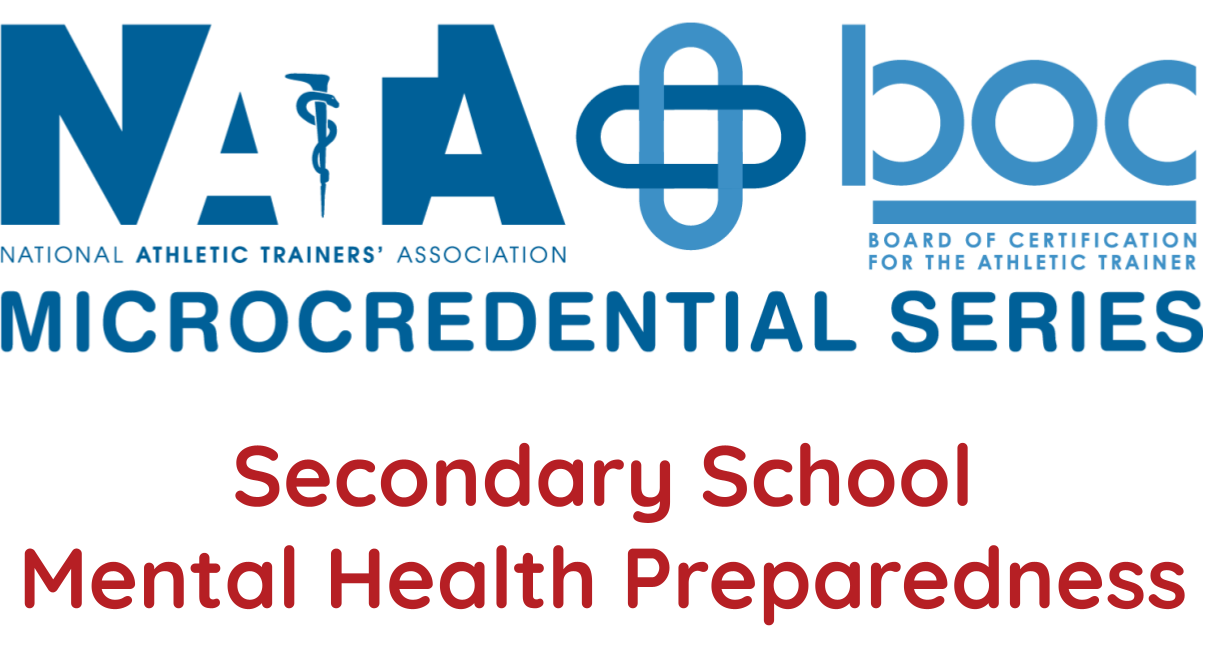
Myofascial Tissue: What We Now Know and How that Influences Interventional Decisions
-
Register
- Non-member - $25
- Member - Free!
- Student - Free!
- Staff - Free!
- Certified Student - Free!
- Retired - $15
THIS PRESENTATION IS A REPLAY FROM NATA 2018 IN NEW ORLEANS, OFFERING A SECOND CHANCE TO EXPERIENCE THE EVENT'S VALUABLE CONTENT AND INSIGHTS.
Abstract:
Many clinicians lack an understanding of the integral function fascia tissue plays in overall health and in the ability of the body to adapt to mechanical stress. The prevailing thought was that fascia tissue was an inert, inconsequential residues that are less important than the tissues with which they are associated. Recent evidence suggests that fascia is a viable, foundational structure, having a key role in the transmission of tension throughout the body. Through the processes of biotensegrity and mechanotransduction, fascia is a contributor to proprioception and a key player in the body´s ability to self-organize. With better understanding of these principles, clinicians can improve their clinical decision-making in selecting manual and/or modality interventions when treating soft tissue dysfunctions/injuries, leading to improved patient outcomes.
Objectives:
- Participants will be able to describe the anatomy, innervations, and role fascial tissue plays in the function and heath of the MSK system and how it provides proprioception.,
- Participants will be able to describe the role and efficacy of appropriate therapeutic interventional treatments for identified fascial dysfunctions.
Level:
Advanced
Domains:
Domain 4: Therapeutic Intervention
CEUs:
1.0 Category A
Keywords: myofascial, fascia, biotensegrity, mechanotransduction, dysfunction, intervention
On-Demand (Enhanced Access) Course Expiration:
Courses registered for after February 5, 2025, must be completed by December 31, 2025, at 11:59 p.m. CST.
For full details, refer to the expiration policy on our FAQ page.
Please note: This course will be retired from our catalog after December 31, 2025, and its content will no longer be accessible. Be sure to download any necessary handouts before this date. Your statement of credit will remain available on the Transcript page, accessible via the left sidebar menu.
Todd Lazenby, MA, ATC
Athletic Training has been my professional calling since I was a freshman in high school. I started by attending summer camps during my high school years to learn the basics of being an athletic trainer and was able to get practice by working with the school's football and basketball teams. I received my formal athletic training education and experience from the internship program at Ohio State from 1984-89 working with various teams including the football, men's lacrosse, ice hockey and men's gymnastics teams. While in undergrad I was fortunate to be able to work a summer internship with the Detroit Lions under Head Athletic Trainer & NATA Hall of Fame member, Kent Falb. That experience parlayed into another summer internship during my years in graduate school with the San Francisco Forty Niners. Upon graduating from Ohio State with my Masters degree in 1991, I began my professional career in Orlando, FL working in the clinical and high school setting striving to improve my manual and rehabilitation skills learning from some very gifted and talented physical therapists and athletic trainers.
After 5 years in Orlando, the offer came to move to the San Francisco area to work with the Forty Niners as an Assistant Athletic Trainer under the mentorship of athletic training legend, NATA Hall of Fame member, and longtime Head Athletic Trainer, Lindsy McLean. After 7 years as an assistant, Lindsy retired and I received an opportunity and the honor to serve as the Head Athletic Trainer where I remained in that capacity for 3 years. During my years with San Francisco, I pursued improving my manual therapy skills through attending various continuing education courses. The time with the Forty Niners provided me a very special and invaluable experience, preparing me for what lie ahead professionally. I have been able to improve my rehab and manual skills, but realize there is so much more to learn and improve on, that I have desired to attend something new each year to expand my skill set.
I came to Ithaca College in the fall of 2006 after having gained experience in the clinical, high school, and the professional settings which I hope will provide the students who come through our Athletic Training Education Program a unique perspective and a resource from which to draw from during their educational pursuits.

